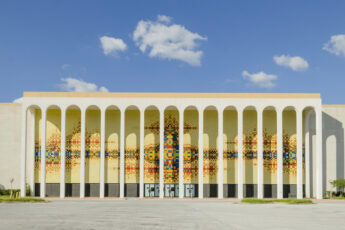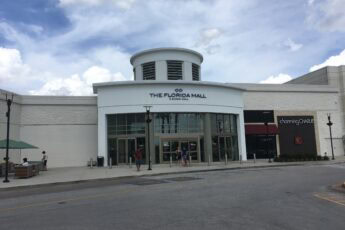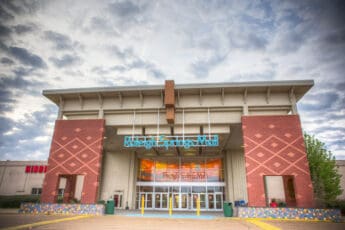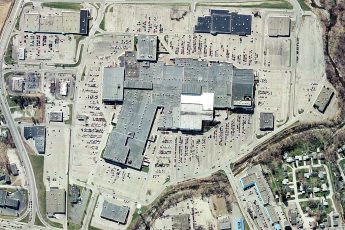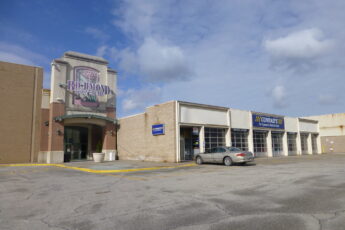The Dawn of Memorial Mall
In the early 1960s, Sheboygan was buzzing with excitement. The city’s west side was about to undergo a transformation that would make history. Initial plans for a climate-controlled, indoor shopping mall were approved in September 1963.
The city of Sheboygan annexed 50 acres of land on both the north and south sides of Kohler Memorial Drive near Taylor Drive in April 1966. This monumental step set the stage for what would become a retail haven.
The project was led by Melvin Simon and Associates from Indianapolis, which later rebranded as the Simon Property Group. Ground was officially broken for the new mall in 1966, and construction began in 1968. With a budget of $4 million, the mall was set to be a marvel of modern retail, covering 34 acres and offering nearly 400,000 square feet of retail space.
As construction progressed, anticipation grew. By 1969, the mall was ready to welcome its first visitors. Although the official grand opening was still a year away, several stores opened after completing their spaces. Among them was a 160,000-square-foot J.C. Penney’s department store, which opened in October 1969. This new location was seven times larger than the chain’s previous downtown Sheboygan store.
November 6, 1970, marked the official grand opening of Memorial Mall. The event was a spectacle, attracting residents from all over the region. The mall’s motto, “It’s always springtime at the mall,” encapsulated the comfort and convenience it offered, especially during harsh Wisconsin winters.
The Golden Years
The 1970s were a time of prosperity for Memorial Mall. Eight more stores were added by the mid-1970s, bringing the total to 39. The mall became a significant source of employment, boasting over 1,000 jobs by 1976. Anchor stores like Sears and an 81,950-square-foot department store added to the mall’s allure, making it the go-to shopping destination.
In 1983, the mall underwent a significant renovation. The Simon Group invested in new skylights, entrances, and flooring, giving the mall a brighter, more inviting atmosphere. A new anchor was also introduced: Kohl’s took over the vacant space by G.C. Murphy and Co., which had closed in November 1982.

American shopping malls experienced their golden era in the 1980s, and Memorial Mall fit right into this trend. Dining options like Diamond Dave’s Taco Co. and Hot Dogs & More were introduced, along with entertainment venues like Aladdin’s Castle video arcade and Musicland. The mall became more than just a shopping center; it was a community hub.
Mall walkers found a haven in Memorial Mall’s expansive indoor spaces. The mall opened as early as 6 a.m. in the summer and 7 a.m. in the winter to accommodate those seeking exercise and social interaction. This added another layer to the mall’s community-centric approach.
Signs of Decline
As the 1990s rolled in, the mall began to show signs of wear and tear. Visitor numbers started to decline, and the mall’s original anchor store, JCPenney, closed its doors in 2001. Hobby Lobby replaced it in March 2002. While the craft superstore was a welcome addition, it couldn’t halt the mall’s downward trajectory.
In 2003, Bayview Financial Trading Group purchased Memorial Mall from the Simon Group and invested $5 million in renovations. They added 22,000 square feet of retail space to revitalize the ailing shopping center. However, 18 of its 42 available areas remained vacant despite these efforts.
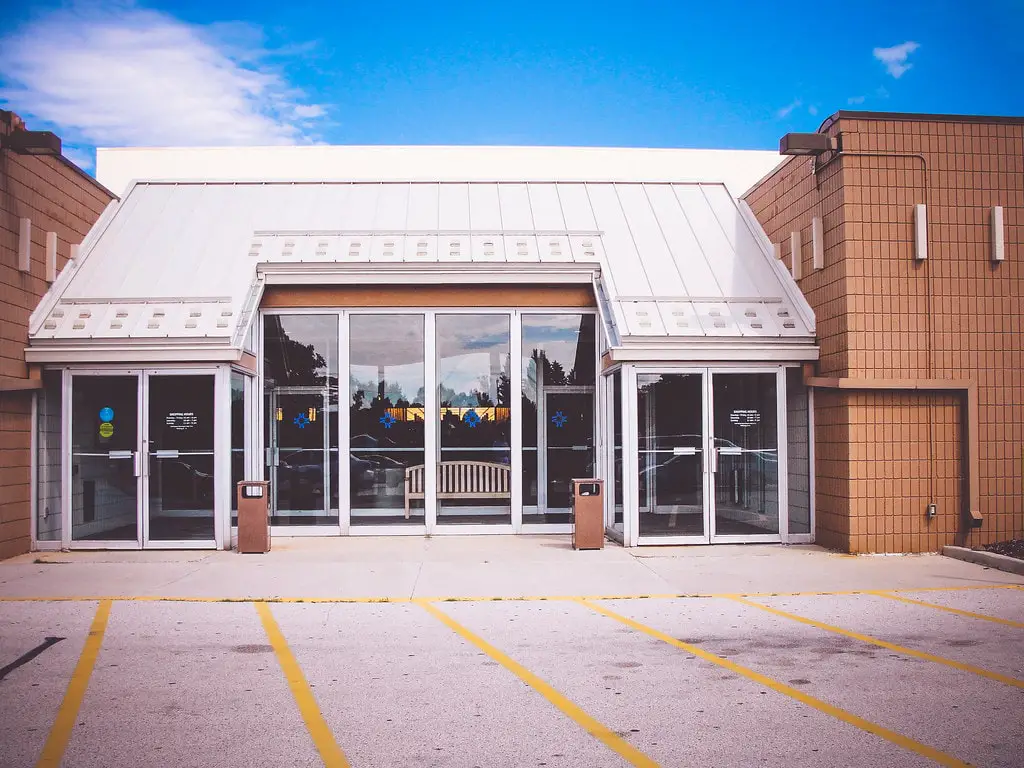
Foreclosure loomed in 2009 when Bank of America initiated proceedings against the mall’s then-owners, CNM3, LLC. The group had purchased the mall in 2006 but failed to turn its fortunes around. In 2012, Bank of America bought the property at a sheriff’s auction for a mere $2.1 million, half the original construction cost 43 years earlier.
In February 2015, the mall faced another setback as Sears shut down, ending its 45-year presence. This marked the end of an era, and it became clear that the mall’s glory days were behind it.
Attempts at Revival
In March 2015, Michigan-based retailer Meijer purchased the mall for $10.75 million. The company had ambitious plans to build a combination supermarket, department store, and a stand-alone gas station. While this sparked some hope for the mall’s revival, it was clear that the traditional mall experience was giving way to something new.
Demolition preparations began in July 2017. By the end of the year, most of the mall had been torn down. What remained of the formerly vibrant shopping complex were just Kohl’s and a handful of smaller shops. The demolition was a poignant moment for many locals who had grown up with the mall as a central part of their lives.
After several delays, Meijer finally opened its 155,000-square-foot superstore on April 25, 2019. The store was built on the same ground once occupied by Sears, symbolizing the end of one era and the beginning of another. While the new Meijer store brought some retail activity back to the area, it couldn’t replace the sense of community that the mall once provided.
The mall’s decline was not unique; it mirrored a nationwide trend affecting many of America’s indoor shopping centers. Changing retail models, the rise of big-box stores, and the growth of online shopping all played a role in the mall’s downfall. Yet, the mall’s impact on Sheboygan’s history and community is undeniable.
Conclusion
The story of Memorial Mall serves as a representation of American retail history. From its grand opening in 1970 to its demolition in 2017, the mall has seen the best and worst times. Its rise, decline, and eventual transformation into a Meijer-anchored shopping area offer valuable insights into the evolving landscape of American retail.
The mall’s impact on Sheboygan’s history is significant. Its decline and eventual demolition mark the end of an era, but its memory lives on in the hearts of those who spent their weekends shopping, dining, or simply walking its corridors.
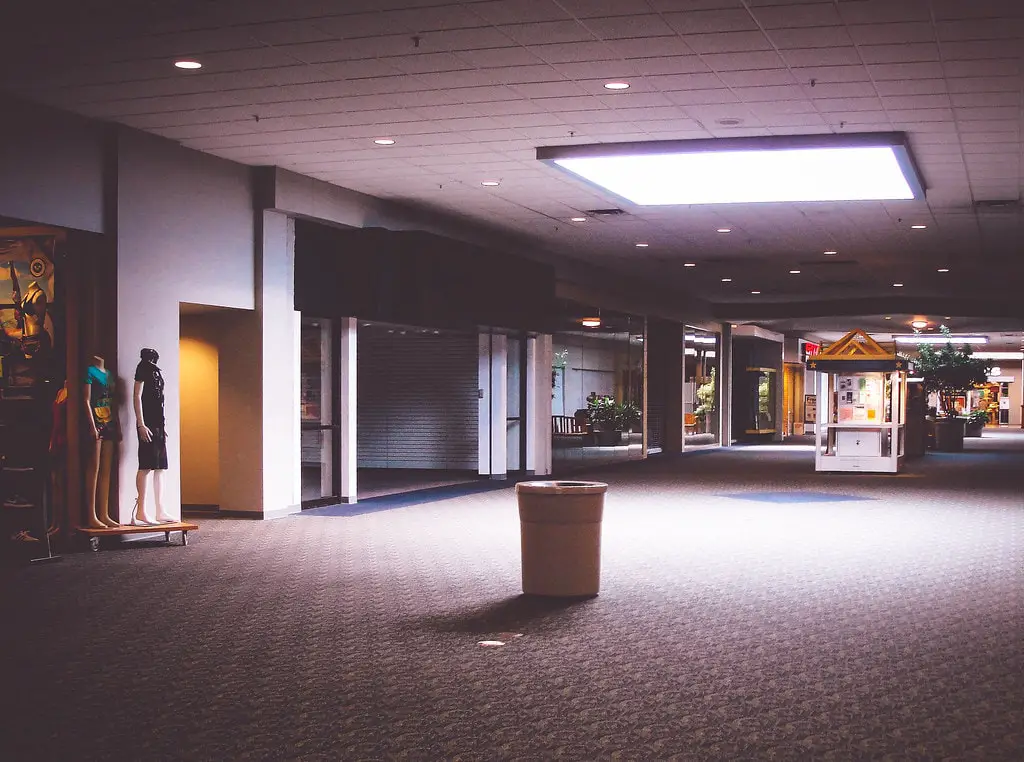
While the mall may be gone, its impact on Sheboygan and its residents is indelible. It is a poignant reminder of a bygone era, even as new retail models take their place. As we navigate the uncertain waters of the retail world, the story of Memorial Mall serves as both a cautionary tale and a source of nostalgia.
The mall may be a thing of the past, but its legacy lives on. As we look back with fondness and look forward with anticipation, the story of Memorial Mall remains an essential chapter in Sheboygan’s rich history.


